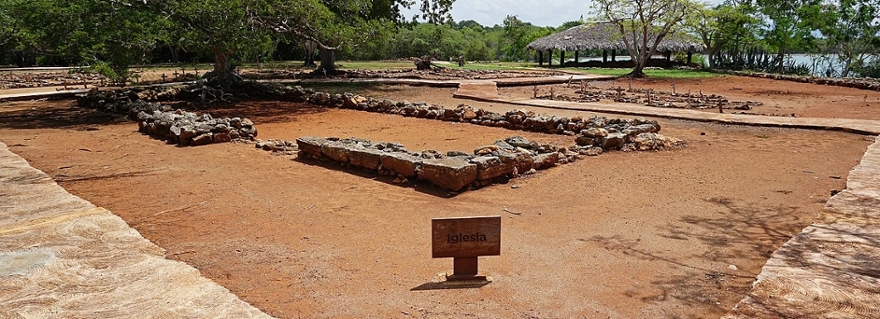
Out now: Home is the sailor. Investigating the origins of the inhabitants of La Isabela, the first European settlement in the New World
A new study by T. Douglas Price, Vera Tiesler, Pilar Zabala, Alfredo Coppa, Carolyn Freiwald, Hannes Schroeder, and Andrea Cucina on the origins of the inhabitants of La Isabela, Dominican Republic. This article is published in Current Anthropology.
Abstract
This study focuses on the origins and diet of the seafarers on Columbus’s second voyage, individuals whose mortal remains were buried in the churchyard of the settlement of La Isabela. This was the very first European town in the Americas, founded by Columbus in the present-day Dominican Republic in early January 1494. Historical sources indicate that most of the crew came from the region of Andalucía, while the remainder came from a range of other geographical locations. It is also likely that some individuals had been born elsewhere and migrated to Spain before embarking on their transatlantic voyage. However, their precise origins remain unknown. In this study, we use both osteological analysis and isotopes—both light (C, N, and O) and heavy isotopes of strontium in the tooth enamel and bone of 27 individuals from La Isabela—to investigate questions of human provenience and diet. The results of our analyses indicate that while most of the individuals analyzed from the burial series at La Isabela were males from Spain itself, there were several unexpected females and infants, referred to vaguely by the historical sources, in addition to one local native and a person probably from Africa, implying that Africans took part actively in the Spanish
venture of settling the New World from the very beginning.
To read the article, click here.
